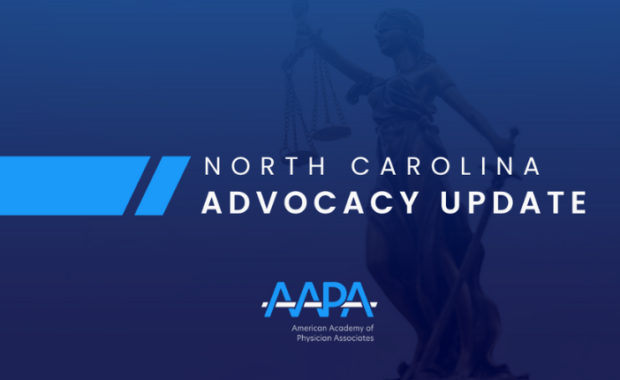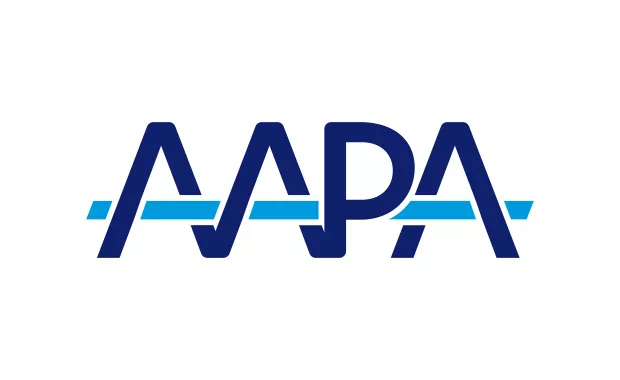2018 State Legislative Successes: Moving the PA Profession Forward
States Make Statutory and Regulatory Improvements Around the Country
January 24, 2019
PA state chapters enjoyed a successful 2018, full of PA-positive improvements to state laws and regulations. All 50 states and the District of Columbia made more than 70 statutory and nearly 80 regulatory improvements to laws and regulations that govern PA practice.
States continued to make strides in achieving AAPA’s Six Key Elements of a Modern PA Practice Act. Connecticut became the eighth state to achieve all Six Key Elements, when it eliminated its PA-to-physician ratio. The District of Columbia’s medical board announced it was removing the requirement for board approval of delegation agreements – its fifth key element.
[PAs Get Boost of Visibility in 2019.]
The year also saw multiple states enact bills that push the profession forward, including Tennessee, which replaced “supervision” with “collaboration.”
Among the numerous other wins:
- 27 states included PAs in key definitions like “prescriber,” “healthcare provider,” or “practitioner.”
- 12 states either eliminated or improved outdated restrictions on PA practice like PA-to-physician ratio mandates, proximity requirements, scope of practice limitations, or face-to-face physician meeting directives.
- 12 states enacted laws or regulations allowing PAs to certify health status or sign forms.
- 10 states expanded PA ability to provide mental healthcare.
- Six states enhanced PA ability to treat individuals with addiction (including three that either improved or granted PAs the ability to prescribe buprenorphine).
- Five states improved PA telemedicine provisions.
- Four states recognized PAs as primary care providers.
- Three states included PAs in physician (provider) orders for life-sustaining treatment (POLST), medical orders for life-sustaining treatment (MOLST), and do not resuscitate (DNR) laws and regulations.
- Three states improved PA prescriptive authority.
- Two states streamlined PA licensure.
- Two states authorized out-of-state PAs to provide care during specified sporting events.
In addition to the considerable improvements to laws and regulations, the PA profession saw three states (Maine, Montana, and Washington) join Oklahoma in accepting the Uniform Application (UA) for PA licensure, bringing the total number of states accepting the UA for PAs to four.
[Advocacy Partnership Stops Rejection of PA Prescriptions at CVS.]
Perhaps the biggest strides made in 2018 will not be seen until 2019, when it is expected states will start bringing Optimal Team Practice bills forward. AAPA and state chapters will continue to work together to advance the PA profession in the year ahead.
More Resources:
Optimal Team Practice
Advocacy Central
State Laws and Regulations
Thank you for reading AAPA’s News Central
You have 2 articles left this month. Create a free account to read more stories, or become a member for more access to exclusive benefits! Already have an account? Log in.



